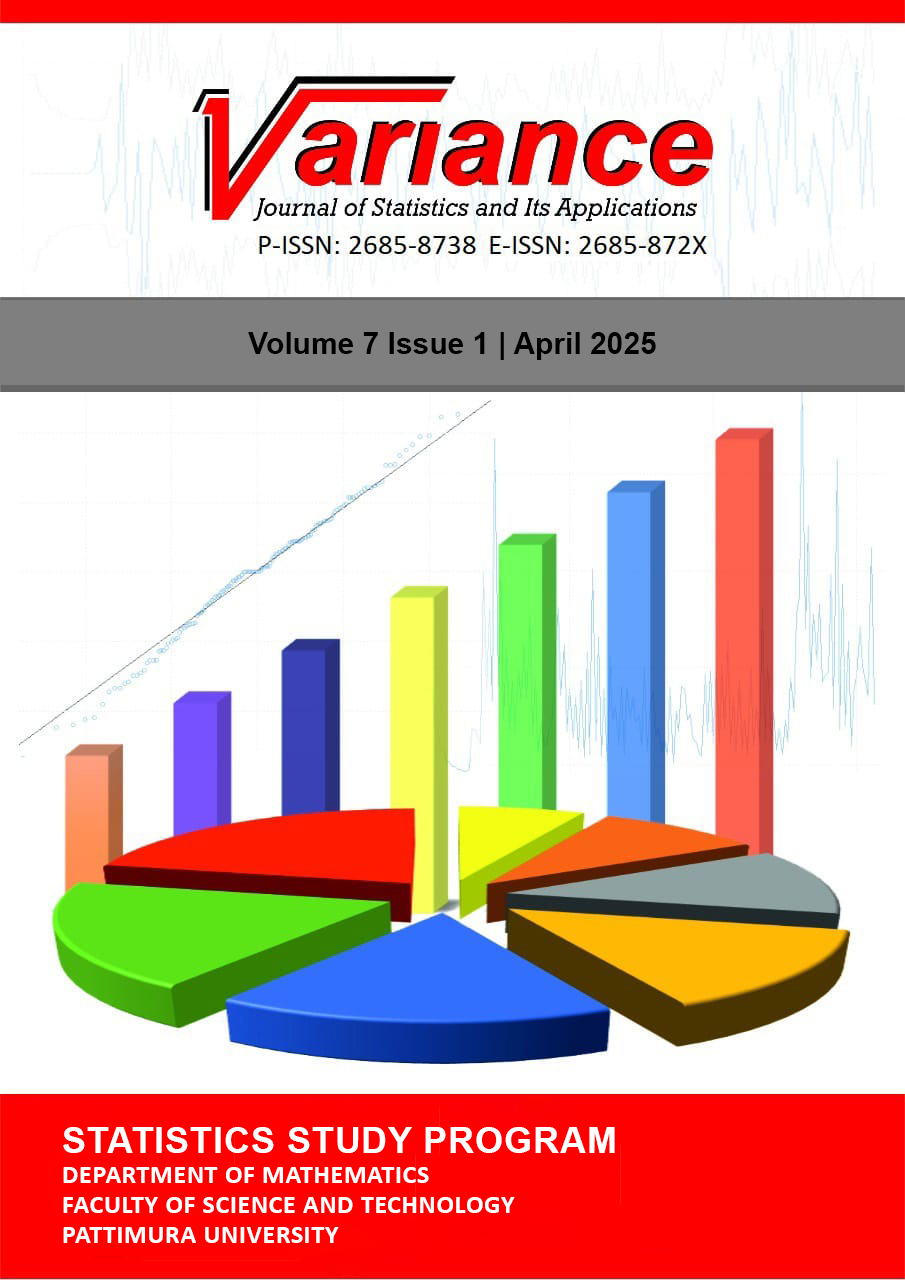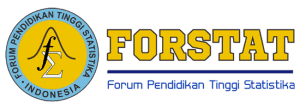PERFORMANCE EVALUATION OF NEURAL NETWORKS AND TRADITIONAL STATISTICAL METHODS IN ANALYZING IMBALANCED DATA: A COMPARATIVE STUDY
Abstract
Class imbalance is a common issue in predictive modeling, particularly when minority classes carry critical significance, as seen in applications like fraud detection, rare disease prediction, and customer churn analysis. This study uses linear and non-linear simulated data scenarios to examine the performance of logistic regression, discriminant analysis, and neural networks on imbalanced data. For linear data, logistic regression and discriminant analysis displayed high sensitivity but extremely low specificity, indicating a strong bias toward the majority class. Neural networks showed marginal improvement but remained ineffective in detecting minority classes. In contrast, neural networks demonstrated superior sensitivity for non-linear data and were notably better at identifying minority classes, underscoring their suitability for complex data relationships. Our results highlight that accuracy alone is insufficient for evaluating models on imbalanced data; instead, sensitivity and specificity offer more relevant insights. Overall, this study suggests that neural networks are preferable for imbalanced data with non-linear patterns, and data characteristics and appropriate evaluation metrics should inform model selection.
Downloads
Copyright (c) 2025 VARIANCE: Journal of Statistics and Its Applications

This work is licensed under a Creative Commons Attribution-NonCommercial-ShareAlike 4.0 International License.



 Editorial Team
Editorial Team
 Peer Review Process
Peer Review Process Focus & Scope
Focus & Scope Open Acces Policy
Open Acces Policy Privacy Statement
Privacy Statement Author Guidelines
Author Guidelines Publication Ethics
Publication Ethics Publication Fees
Publication Fees Copyrigth Notice
Copyrigth Notice Plagiarism Screening
Plagiarism Screening Digital Archiving
Digital Archiving





